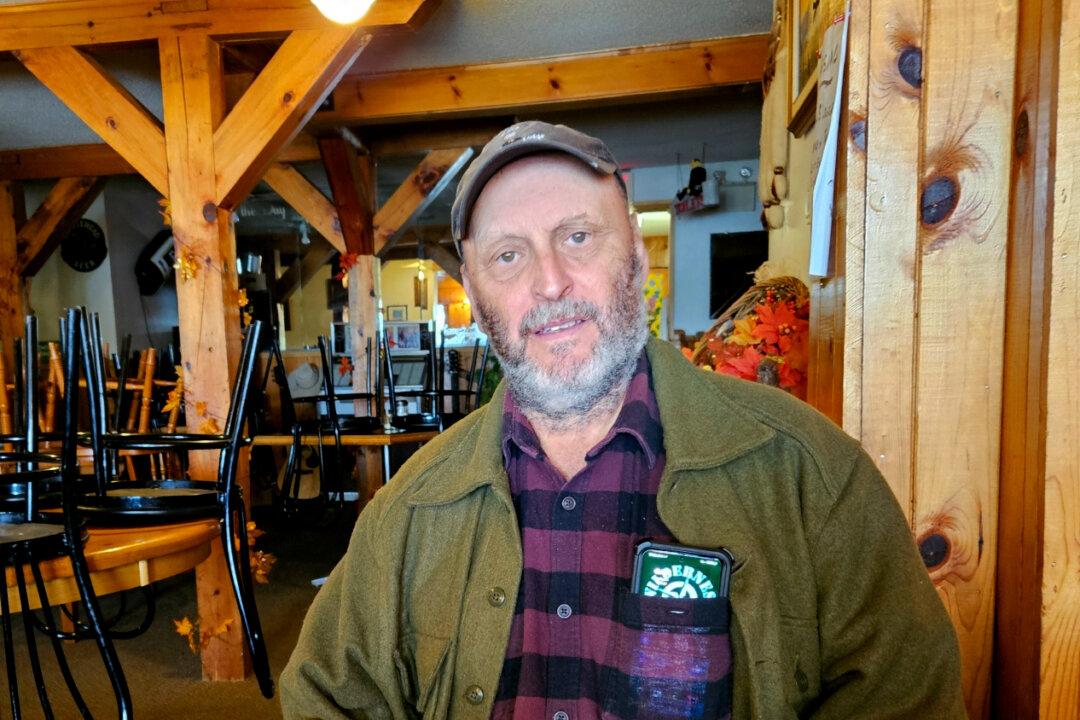NEW YORK—When Doug Keister first took an interest in cemeteries as an architecture photographer in the 1990s; the cemetery keepers treated him like a weirdo. Now, a whole slew of taphophiles, as cemetery lovers are called, visit grave sites all over the world including the “Big Four” in New York: Green-Wood in Brooklyn, Woodlawn in the Bronx, Sleepy Hollow in Westchester, and Kensico in Valhalla.
The rich and famous of New York’s past and present built grand monuments adorned by Tiffany windows and life-like sculptures. The stories of their lives are etched in stone relief or revealed by other symbols and artifacts left at their final resting places.
Woodlawn Cemetery Architecture
“If you want to study architecture, go to Woodlawn,” advises Keister. The cemetery has 1,300 mausoleums and sits right at the end of the 4 subway line. It’s the last stop on the line, a poetic detail not lost on the taphophile.
“You could spend 10 minutes in Woodlawn Cemetery and see more than you would see in a week in Manhattan,” said Keister. “All the major architects in the United States designed mausoleums at Woodlawn. They loved to do mausoleums. They didn’t have to worry about windows, and kitchens, and bathrooms, and plumbing, and electricity.”
In front of the beer baron George Ehret’s mausoleum, lounge a pair of lions. They are a smaller version of the famous felines at New York Public Library on Fifth Avenue, carved by the same sculptor.
The eternal home of Alva Vanderbilt Belmont is a smaller version of France’s Chapel of Saint Hubert with all its Gothic-Flamboyant-style intricacies. Belmont was the wife of U.S. Congressman Oliver Hazard Perry Belmont and a suffragette.
The interior is a duplicate of Leonardo Da Vinci’s tomb and contains a banner that says, “failure is impossible,” commemorating her passion for women’s rights.
Egyptian architecture, Greek Revival, Art Nouveau, eclectic Islamic Revival, and styles that have no precedent are all to be found in the city’s park cemeteries.
Park Cemeteries Become Public Spaces
It inspired New Yorkers to construct Green-Wood Cemetery in Brooklyn in 1838, which in turn inspired the idea of Central Park.
In Green-Wood’s early days, before the plots were filled, the cemetery was essentially a big park. By 1860, Green-Wood was the second most popular tourist site in the country after Niagara Falls, attracting 500,000 visitors annually.
“Back when these cemeteries were established and families were more together, they were very active places. Families would go and tend to the plots. It was the place to go for an outing. But that’s all returning,” said Keister. He was at Green-Wood on a recent Sunday afternoon, telling stories about the residents and giving a tour to put gravestones with the names.
Tours are common now in the “Big Four.” Keister will give a lantern-lit tour at Sleepy Hollow on Friday and Saturday night—the site of the Sleepy Hollow story complete with the graves of both characters and author from, “The Legend of Sleepy Hollow,” by Washington Irving.
Keister described Sleepy Hollow: “It’s kind of spooky, a lot of winding dirt roads, hilly, some of it’s kind of overgrown.”
Woodlawn Cemetery offered a tour of royal resting places on Sunday. Kensico offers iPod tours, and Keister recently released “Stories in Stone New York, A Field Guide to New York City Area Cemeteries and Their Residents.” It includes GPS coordinates along with the stories behind New York’s most interesting gravesites and mausoleums.
A worker at Green-Wood Cemetery said that, during the course of 26 years working there, he has buried 4,000 people. He says it is a beautiful place, but it has also seen a lot of sorrow.
Keister says that cemetery tourism can help us to remember the dead. “I realized we live in this disposable society. People are not disposable, they need to be remembered.”








